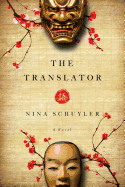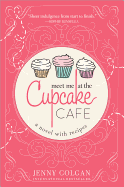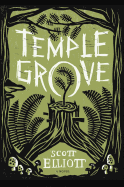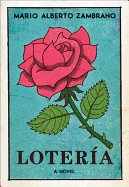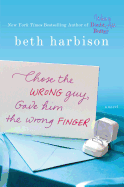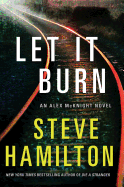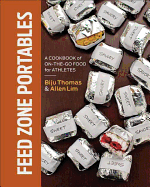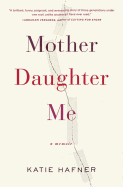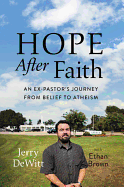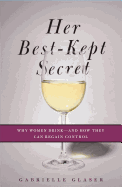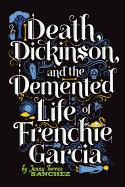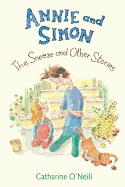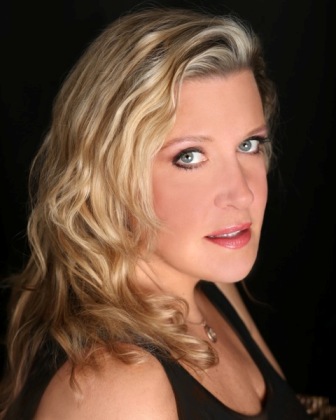 |
| photo: Chandler Schwede |
Beth Harbison has been writing a novel a year (sometimes two) since 1997, when, under the name Elizabeth Harbison, she began writing and publishing series and stand-alone category romances with Silhouette Books. Along the way, she's also published four cookbooks, most notably on bread machine baking.
Harbison admits that series romance proved limiting. "The focus," she said, "has to be on the romance and romance alone. My thoughts eventually expanded beyond that... though the elemental 'love saves her' idea never fully leaves my consciousness."
Shoe Addicts Anonymous, published in 2008, launched the next phase of her career: she's written seven lively and engaging novels about contemporary women facing romantic challenges. Harbison's novels often explore difficult life situations, but each story is woven with humor and a sense of the absurd. Her latest, Chose the Wrong Guy, Gave Him the Wrong Finger (published by St. Martin's; see our review below) is a bittersweet novel that centers on two very different brothers, and how they affect a woman's life and her ability to love.
The titles to your books are very clever--When in Doubt, Add Butter and Hope in a Jar, among others. How do your titles come about, and is there a story behind the title of your latest novel?
Usually my editor, Jen Enderlin, and I brainstorm what's next. We have total mind-meld, in general, so these conversations are always fun and productive. As we talk, she'll often snap her fingers and say, "That's IT!" I remember we were eating at Tom Colicchio's Craft Restaurant in New York when she said, "What do all women want? To be thinner, richer, and prettier." And there it was, fully formed. Thin, Rich, Pretty--the title for my novel.
The title for Chose the Wrong Guy, Gave Him the Wrong Finger is to Jen's credit, as well. She'd read an article while on the train some years back about a woman who had called off her wedding and sent out a similarly snappish response.
You've been remarkably prolific in your career. Describe your process and inspiration.
I have a lot of emotions and thoughts, and if I don't write them down they rattle around inside my head and actually start to hurt. Too much still ends up in e-mails to my friends and family, but writing books is a great way to get it all out.
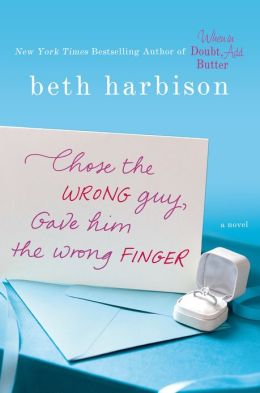 You've written in many genres, from romance to cookbooks to women's fiction. What are your feelings for each genre, and why does each appeal to you? Are there any more cookbooks in your future?
You've written in many genres, from romance to cookbooks to women's fiction. What are your feelings for each genre, and why does each appeal to you? Are there any more cookbooks in your future?
I'd love to do more cookbooks, but with Food Network and the like making celebrity chefs into major media stars, there's no room for an ordinary cook to do a cookbook, no matter how good. As for what appeals and why, it's always a mood thing, isn't it? Romance appealed at a time when my life was simpler.... My children got older, my life got complicated, and more issues came up--from health worries to divorce to death--and romantic fantasy alone no longer felt honest to me. I wish it did, though. I miss those days.
Your books are about women finding love and romance, and your stories' themes are fate, second chances and happy endings. What are your feelings about happy endings--in life and in literature?
I didn't think most of my women's fiction books were about finding love, but I guess you're right. More recently they've certainly become more encompassing of the idea. At the risk of becoming too morose, I guess the answer is that I have always been a melancholy person. My first writing venture was re-writing the end of Black Beauty in the fourth grade and bringing all the horses back to life because I hated the sadness of having "watched"--through the story--the happy early days for them deteriorate into sad endings. Unfortunately, that seems to happen too much in life. When I was 17, I came home and found my father had passed away on the couch--my mother was out of town and my sisters were grown, so it was only he and I at home at the time--and that was an early indication of how hard and unfair life could be. This came directly after a very emotional breakup that I loosely chronicled in my novel Always Something There to Remind Me. I started thinking very seriously around that time about how easy it would be to dissolve into the negativity of life, but I couldn't afford to live like that, because eventually there's no more "up." I had to decide to believe in happy endings--chances of being happy are much greater if you expect happiness. The person who expects to be miserable is seldom disappointed.
What inspired you to write Chose the Wrong Guy, Gave Him the Wrong Finger?
This novel is set in Virginia, which is a landscape I know and love. I love horses. I love farms, but I pretty much made up the rest of the story. Writing romantic tension is just plain fun, yet not a thing in the book actually happened to me.
In each of your novels, you write big scenes that are often peppered with small details and first-person point-of-view asides that intensify the overall charm of each story. Do these details emerge in early drafts or do you add them later during rewrite?
Ha! Details are usually all I have. I am a detail queen! Not in terms of handling the details of my life, alas, but that is my writing style. I can write a scene of stirring cream into your coffee that will make you feel like you're hyped up on caffeine. Unfortunately, that's not enough to write a book, so I always have to go back in and beef up those "slices of life" up with plot.
What's next?
Recently, my ex-husband passed away very suddenly after 25 years in my life, so everything turned upside down for the kids and me. There will definitely be a next novel, but the idea isn't solid yet. That said, I can't wait to come up with a meaty plot to dive into so I can get out of my own head and into a pretend world instead! --Kathleen Gerard, blogger at Reading Between the Lines
Beth Harbison: Believing in Happy Endings
 By the Rivers of Water: A Nineteenth Century Atlantic Odyssey by Erskine Clarke (Basic Books, October 8). A young American missionary couple sailed to Liberia in 1832, pursuing a utopian dream. They return to a United States on the verge of dis-uniting, and have to make a terrible decision.
By the Rivers of Water: A Nineteenth Century Atlantic Odyssey by Erskine Clarke (Basic Books, October 8). A young American missionary couple sailed to Liberia in 1832, pursuing a utopian dream. They return to a United States on the verge of dis-uniting, and have to make a terrible decision.



 You've written in many genres, from romance to cookbooks to women's fiction. What are your feelings for each genre, and why does each appeal to you? Are there any more cookbooks in your future?
You've written in many genres, from romance to cookbooks to women's fiction. What are your feelings for each genre, and why does each appeal to you? Are there any more cookbooks in your future?